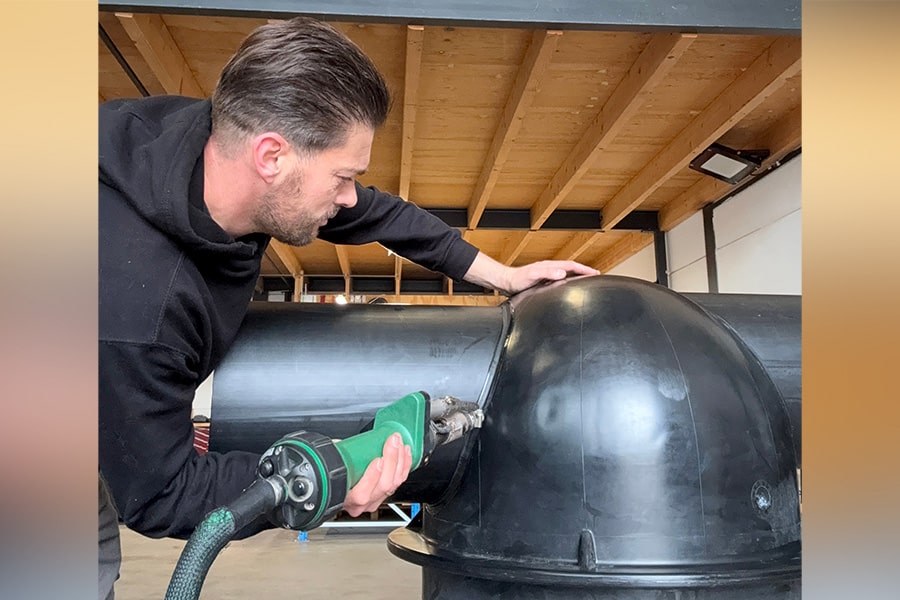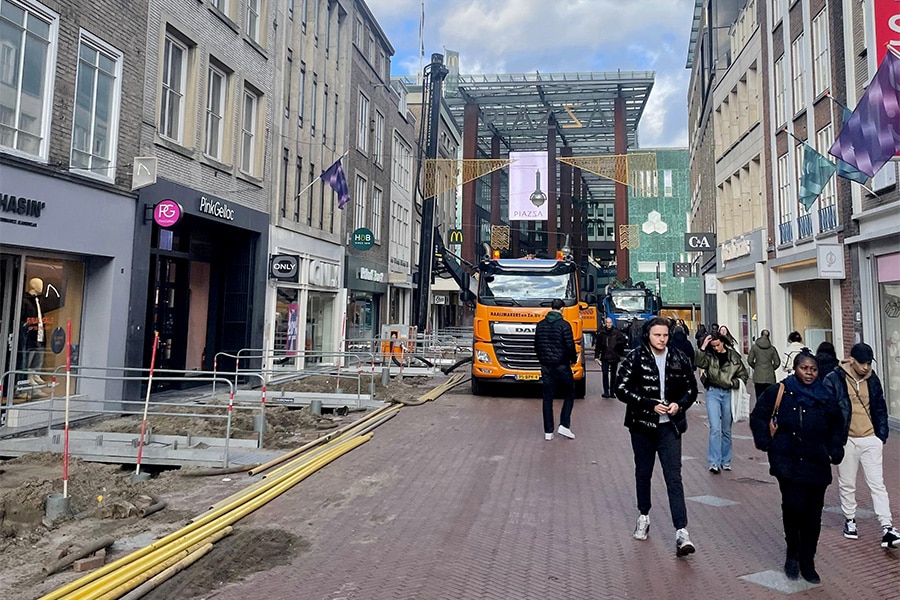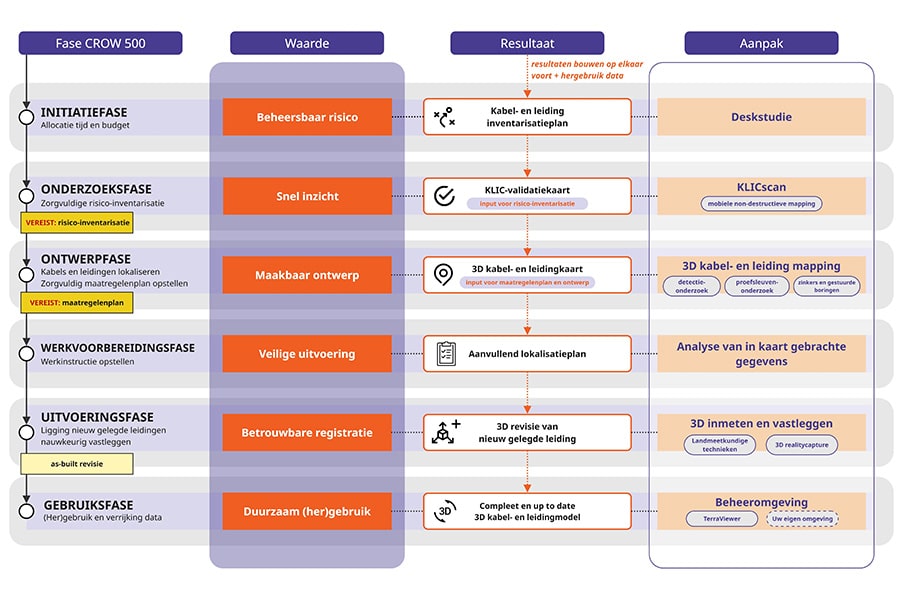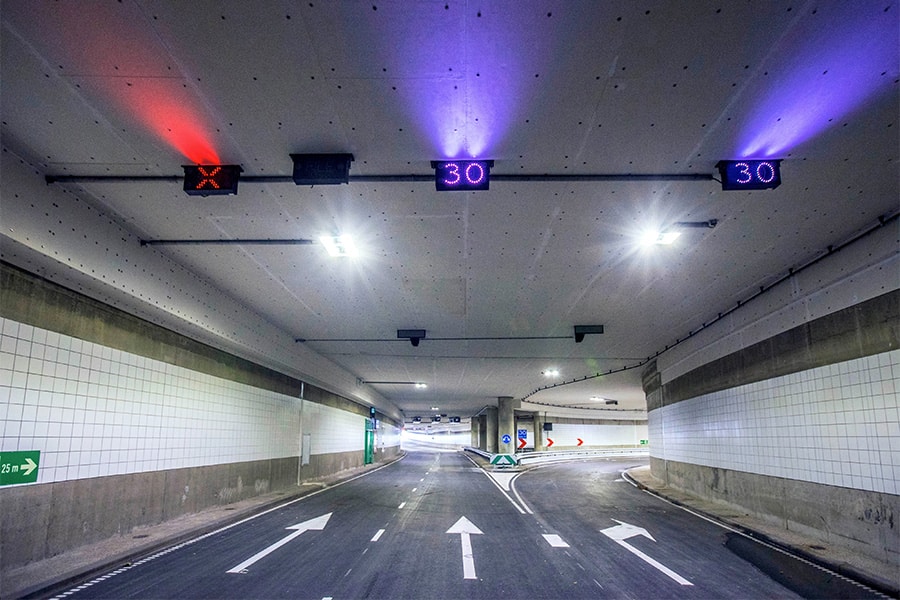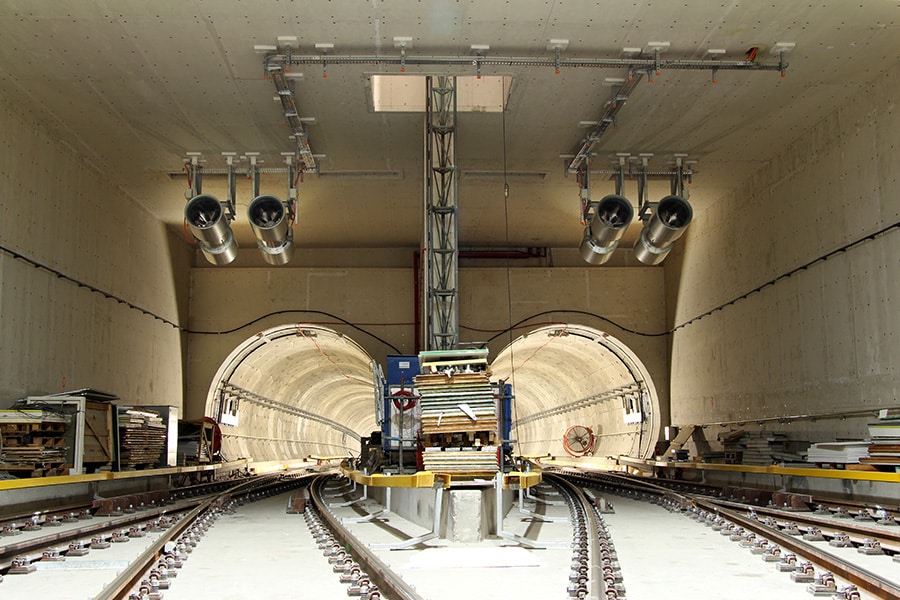
Air ventilation and fire safety in tunnels starts with a good ventilation system
Fire and smoke development in a tunnel are very dangerous. Due to the toxic substances and high temperatures, escape is often difficult. Moreover, a fire consumes all the oxygen in the tunnel, making it difficult for firefighters to reach the scene of disaster. "By installing thrust ventilation, escape doors and overpressure systems in smart places, these challenges are cleverly overcome and safe escape is possible," begins Stan Veldpaus, Project Advisor for Smoke Control Systems at Kingspan Light + Air. "Also, emergency services can reach the fire scene with the wind at their back." Kingspan Light + Air is happy to act as a knowledge partner in this regard. Moreover, it can supply, install and maintain the necessary systems.
No new tunnels are currently being built in the Netherlands, Veldpaus knows. "With the completion of the Blankenburg connection near Rotterdam, the last new tunnel was recently completed. However, there is a substantial renovation task ahead. Tunnels all over our country are in need of renovation, with the tunnel structures having to be maintained and tunnel technical systems upgraded. A large proportion of these tunnels are owned by the Directorate-General for Public Works and Water Management (Rijkswaterstaat), which works together with major contractors, whom we are happy to support. By coming to the table at an early stage, we can advise even better on the right systems and replacement approach."
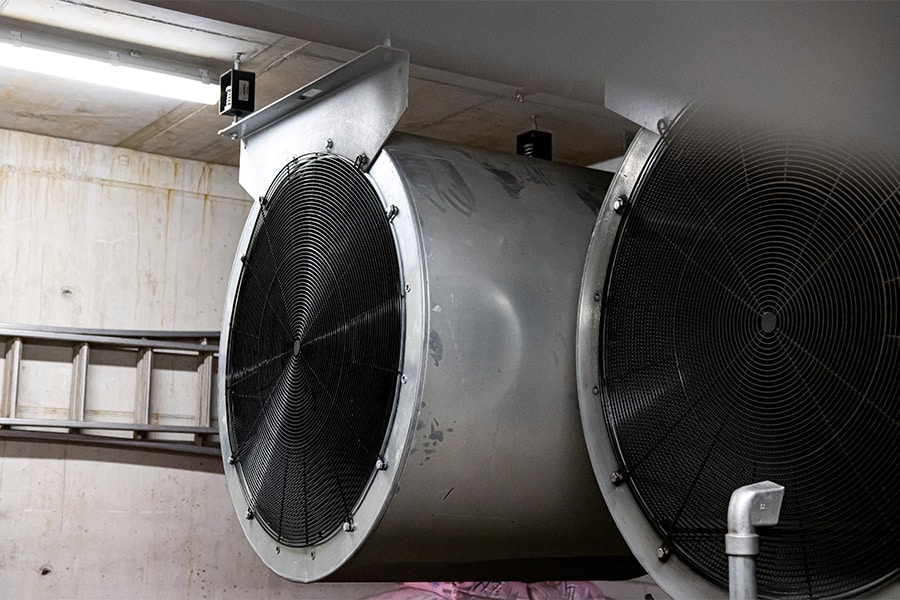
Thrust fans and overpressure systems
Kingspan Light + Air's ventilation systems for tunnels can be divided into longitudinal ventilation systems (thrust blowers) for tunnel ventilation and overpressure systems for the (middle) tunnel channel. "The longitudinal ventilation systems provide air refreshment so that people can stay healthy in the tunnel," Veldpaus said. "In most cases, the system must also be implemented as a fire protection system, so that people present have longer to flee the tunnel in the event of a fire. Moreover, in this case, the fire department can approach the fire 'safely' and with the wind at its back, allowing the fire to be fought more quickly and limiting damage to the tunnel." The overpressure system ensures that the (middle) tunnel channel remains free of smoke, ensuring a safe escape route. "It is especially important here that the air flow is not too strong. After all, people must also be able to escape against the direction of ventilation and the escape doors must be easy to open."
Preserving existing infrastructure
Existing tunnels already contain a lot of electrical wiring and switchgear, which in many cases can be retained, Veldpaus knows. Provided new fans with the same power output are installed. "Should more power be needed or desired, it may be advisable, for example, to place additional fans at strategic locations. In this way, you meet the desired ventilation regime exactly, but avoid having to modify the infrastructure of all the fans." With this, Kingspan Light + Air meets an important challenge in tunnel renovation: time.
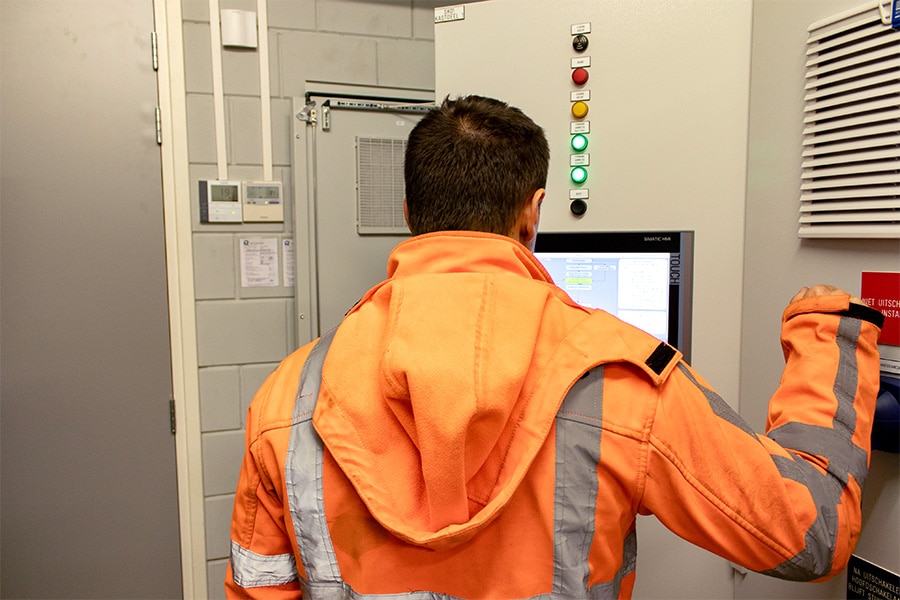
Proper coordination of work
"A challenge with tunnel renovations is that all the work must be carried out as well and as quickly as possible," says Veldpaus. "After all, closing a tunnel means considerable (traffic) disruption for the surrounding area. That's why it's important to carry out and test all the work as efficiently and quickly as possible. The coordination here is very close. For example, it is essential that the new asphalt layer is applied first, before the new ventilators are installed and put into operation. If this happens the other way around, the fans will already be contaminated upon delivery. And there are numerous other issues that require good coordination and expertise.
Minimal power consumption, low noise levels
Since the thrust fans are also used for daily tunnel ventilation, it is important that they do not consume too much power, Veldpaus emphasizes. "Demand-controlled ventilation with frequency converters and/or smart zoning can play an important role in this. The same applies to the position (set-up efficiency) and size of the fan, which we are happy to advise on at an early stage." To control noise, Kingspan Light + Air offers an extensive range of silencers, while sensors prevent overheating of the motor in standard operation. In a Factory Acceptance Test (FAT), all technical specifications are reviewed with the customer, after which the fans are assembled just-in-time. "To prevent the fans from falling from the ceiling, a structural calculation is always made in advance in cooperation with the main structural engineer. This always includes ample safety margins. Especially in railroad tunnels - where many dynamic forces occur, such measures are essential." As an additional safety measure, safety robes (safety cables) are often provided. "We also recommend automatic vibration measurements, which provide timely insight into unexpected problems with the suspension. Because of the polluting and corrosive conditions in rail and road tunnels, proper materialization of all components as well as fasteners is essential."
Nice references
Kingspan Light + Air already has several beautiful tunnel projects to its name. For example, it has realized a ventilation system with thrust fans and an overpressure system in the new Spaandammertunnel in Amsterdam. It has also renewed the ventilation system in the Schipholspoortunnel and will soon start the one-to-one replacement of the thrust fans in the Hubertus Tunnel, in accordance with current regulations. "The thrust fans in the Hubertus Tunnel date from 2007 and are being replaced as part of a larger renovation," Veldpaus explains. "This is because since five years, efficiency class IE3 must be met. This requires energy-efficient fans, which in the present situation leads to a larger required building size (diameter). For further improvement, a larger thrust was also chosen. Fortunately, in this project there is enough room for this, so that the existing infrastructure can be sustainably preserved. This is how we look for the optimum in every project."
